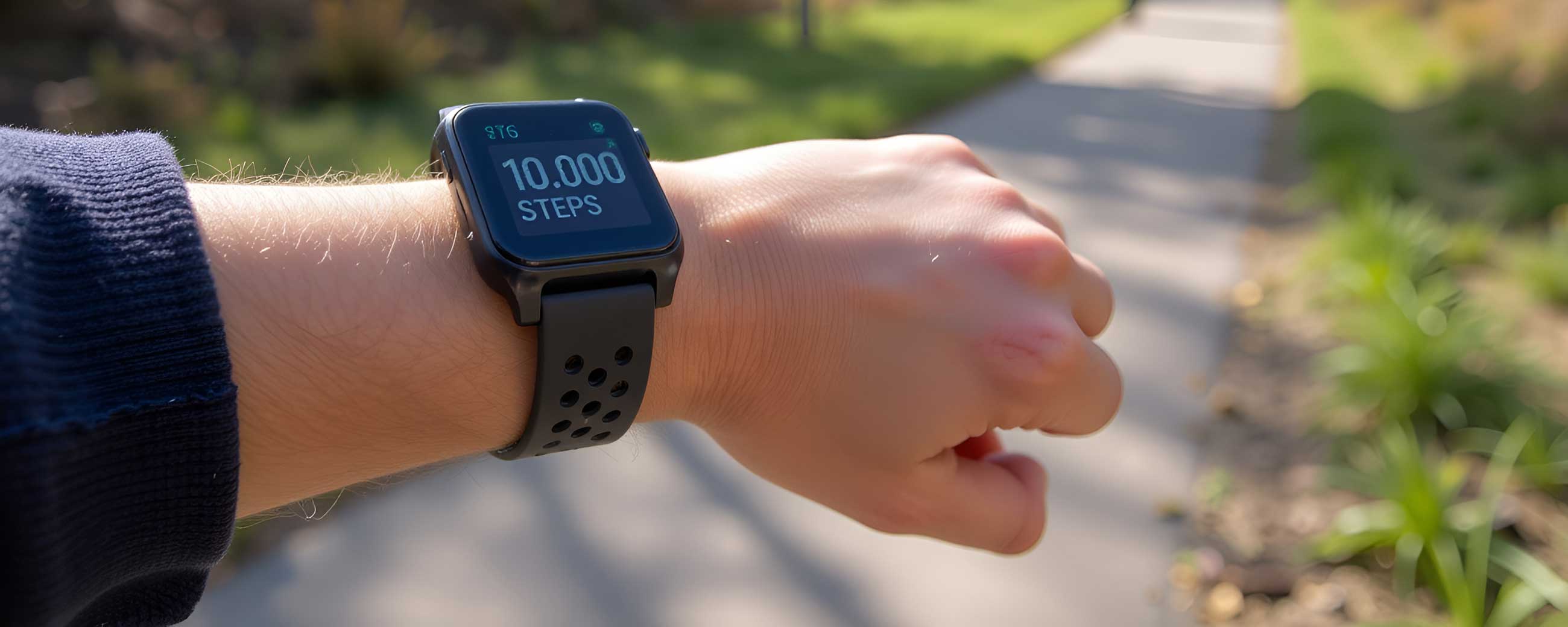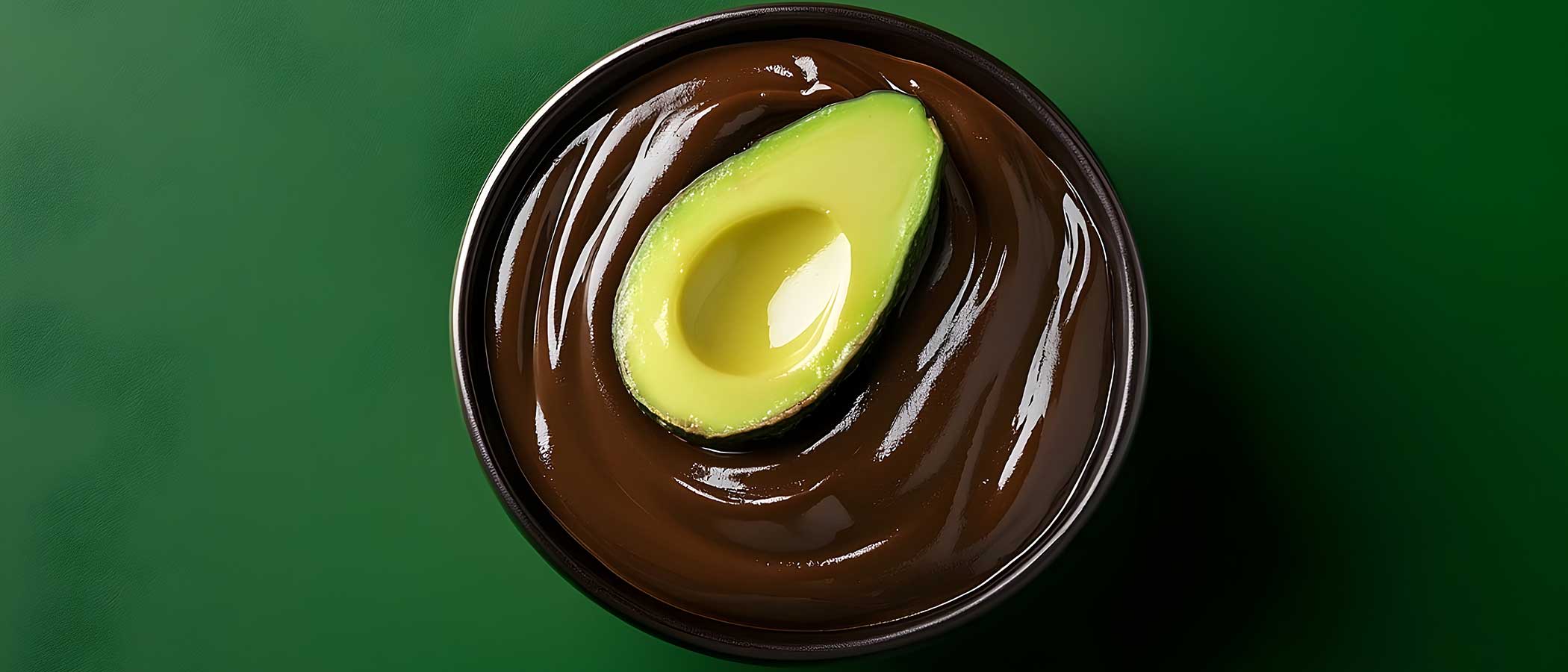
How A Low-Carb Diet Helped Me Become A Better Mom
When my neurologist began talking about a new “diet,” I felt my stomach sink to the exam room floor.
Already exhausted, I was the mother of an energetic toddler.. While words I didn’t understand like “ketogenic” and “ketosis” echoed in the small room, I imagined myself chasing my kid around the room, not just tired and headachey, but now hangry too. My debilitating chronic migraines had brought me here, and over the last two years my doctor had been trying different solutions to lessen their frequency—but how was a low-carb diet going to help?
“What did the doctor say?” my husband asked as I hopped in the car after my appointment.
Once I started explaining to him how this low carbohydrate/high fat diet might help my migraines, I started feeling even more overwhelmed. How was this going to be workable? As the mother of a toddler, my mealtimes were primarily based on convenience: easy-to-assemble spreads like bags of chips and sandwiches, along with sweet treats and sugary drinks for a much-needed boost of energy. How could this new diet give me the pep I needed to parent?
A Low-Carb Resolution
I’m the kind of girl whose New Year's resolution usually only lasts New Year’s Day, so to say that I didn’t have confidence in myself to stick to this diet was an understatement. Even so, I cautiously checked out the keto literature my doctor had handed me and decided to give it a try. According to the brochure, the keto diet was originally created to help children with epilepsy, and it was proven successful. If keto worked on epilepsy, maybe it would work for migraines?
If keto worked on epilepsy, maybe it would work for migraines?
After my first keto grocery shopping trip, the insides of my refrigerator and pantry looked dramatically different. My kitchen was now free from beans, chips, crackers, juice, fruit, and baked goods—and even my ketchup bottle moved to the back of the shelf. Instead, my fridge was now stocked with ingredients like eggs, goat cheese, Parmesan, and lots of proteins like chicken and fish taking up prime real estate space.
The first two weeks on the keto diet were tough. As I dealt with sugar crashes, I realized just how dependent on sugar my diet had been. Sugar seemed to be hiding everywhere, from my preferred processed foods and my favorite take-out options. One night I called to order Chinese food for my family, and when I asked which dish contained no sugar, I heard: “Why don’t you try a salad?”
My cravings for bread, rice, and sweets were high, and I was cranky and tired without them—roasted cauliflower with melted cheese just wasn’t doing it. I thought about sneaking my normal food fare into this new routine, but I wanted to give this new way of eating a solid chance to cure my migraines. So I stuck it out.
Getting Along With Keto
Then something amazing happened. After two weeks, my cravings dissipated. My crabbiness went away. My energy levels stabilized and remained consistent throughout the day. And all of a sudden, I didn’t need a jolt of sugary soda to feel energized enough to parent. I was amazed.
Then something amazing happened. After two weeks, my cravings dissipated. My crabbiness went away.
When I started, my goal was to stay low-carb for 3 months. At my 3-month check-in, though, I felt better than I had in a long while. Not only had I lost most of the 15 pounds of baby weight I’d gained since delivering my son, I was less achy. The aches that lived in my neck and shoulders vanished along with my helpings of potato chips. With these pains gone and my energy level steadily increasing, I was able to care for my toddler in a more active way. We added neighborhood walks, games of tickle-tag, and indoor hide-and-seek to our daily schedule. Even on limited sleep, I had more energy than I’d had in years.
It wasn’t all good. My migraines still persisted, so keto was sadly not the cure for them. Even so, I was happy to continue on a strict keto diet for the next two years. Even though my migraines remained the same, the classic keto diet gave me more energy than I knew I had. Enough not just to chase after my toddler, but to catch up with him.
It turns out keto and I get along.

This publication is intended for informational purposes only and is not meant to be a substitute for professional medical advice, diagnosis, or treatment. Always seek the advice of your physician or other qualified health provider with any questions you may have regarding a medical condition or any advice relating to your health. View full disclaimer









